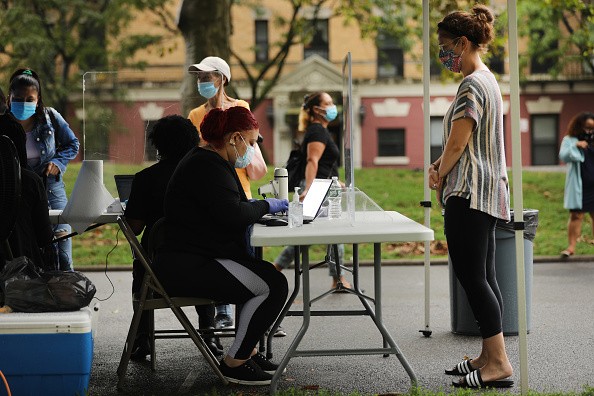US Latino Market: The Largest and Fastest Growing in the American Economy
The $2.6 Trillion US Latino market is the largest and fastest-growing in the American economy.
Co-Founder of L'Attitude, to a panel of world re-known economists and journalists, Sol Trujillo, said that the U.S. Latino market is "growing GDP at 8.6%, faster than China, faster than India, and nobody talks about it."
In 2018, the size of the U.S.Latino market measured by the GDP was $2.6 trillion, almost 9% up from $2.3 trillion in 2017, as per the recently published 2020 LDC U.S. Latino GDP Report. The market would be the 8th largest economy worldwide and the largest Latino market in the world if the U.S.Latino market were in its own country. The market would be larger than Brazil and more than twice Mexico's market.

The Latino community grew 4.5 times faster in terms of GDP when compared to the non-Latino U.S. cohort. This implies most of the U.S.growth from the Latino population. According to Forbes, if not for strong growth in the U.S.Latino market, the American economy would have contracted between 2017 and 2018.
Latino employees that enter the labor force offset declines amid the outgoing Baby Boomers. The growth in the U.S.economy is driven by an educated and young Latino labor force. The 78% of the net are Latinos' responsible from the new jobs in the labor force since the Great Recession, Latino Donor Collaborative reports.
Besides, in 2010-2018, Latino household growth was 23.2% compared to 3.8% for non-Latino households. This demonstrates the importance of the Latino community, not just today, but also in the economy's future, given the higher population of Latinosrelative to non-Latino demographics.
Despite the growth and size of the U.S.Latino market, it continues to be a big blind spot for many lawmakers in c-suite positions. Most Americans do not understand the potential and current contribution of the Latino market in the U.S. For example, the big misconception of the narrative involved education and Latinos, as per Fidel Vargas, the President, and CEO of the Hispanic Scholarship Fund. Vargas explains that most Americans respond that there are three Asian Americans in one Latino in college. But it is 2.5 Latinos for every Asian American, in reality.
Latinos are the most under-resourced and undercapitalized in the U.S. For instance, Latino businesses were disproportionately affected by the coronavirus pandemic and 50% less likely to receive relief from the government under the Payment Protection Program (PPP), unlike White-owned businesses, according to a report published by the Stanford Latino Entrepreneurship Initiative.
Beatriz Acevedo, CEO and Co-Founder of Suma Wealth, says, "We know that Latinas start the most companies, but imagine what they could do if they had the support, the access, the, capital and the mentorship."
Check these out:
Amy Coney Barrett: Nomination Praised by Religious Conservatives
J&J Recruits 20,000 People in Latin America for the COVID-19 Vaccine Trials
Over 70% Latino Households Report Financial Difficulties Amid COVID-19 Pandemic
Subscribe to Latin Post!
Sign up for our free newsletter for the Latest coverage!
© 2025 Latin Post. All rights reserved. Do not reproduce without permission.












